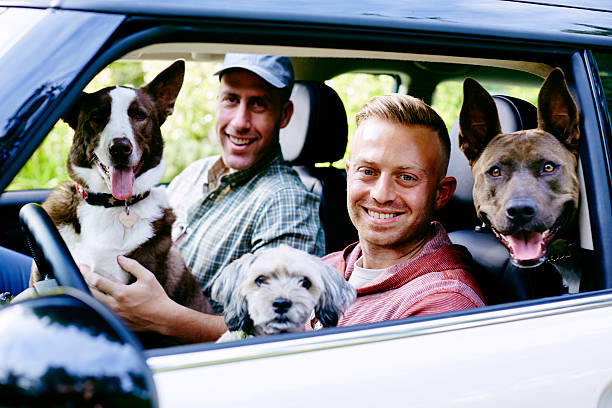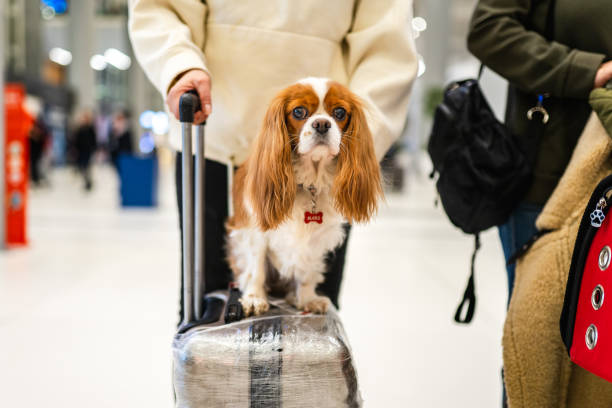Moving to a new country is exciting — but for your pet, it can feel stressful and disorienting. While you’re busy unpacking boxes, learning new customs, and settling into your home, your furry friend is trying to make sense of unfamiliar scents, sounds, and routines.
Helping your pet adjust after an international move requires patience, planning, and plenty of reassurance. With the right approach, you can ease their anxiety, rebuild a sense of security, and help them feel at home in their new environment — while making the transition smoother for you as well.
1. Maintain Familiar Routine
Pets feel comfortable with familiarity. Even when everything else in their environment seems very different, feeding times, time for walks, and play sessions should remain as constant as possible to their old routine. Consistent use of the same food, water bowls, and bedding can also be comforting. If you have to make gradual adjustments in timing due to your new time zone, gradually shift their routine instead of doing it all in one fell swoop.
2. Establish a Safe Haven Right Away
Upon your arrival, create a peaceful, safe space specifically for your pet. Position their crate, bed, toys, and blankets in one location so they have a “home within a home.” This sanctuary allows them to feel grounded as they gradually discover the new surroundings at their own comfort level.
3. Gradually Reintroduce Them to Outdoor Life
If you’ve moved to a city with different weather, terrain, or wildlife, don’t rush outdoor adventures. Take short, supervised walks and allow your pet to sniff and observe. This cautious approach helps them build confidence and prevents them from feeling overwhelmed or anxious.
4. Watch for Signs of Stress
Pets indicate anxiety in varying ways compared to human beings. Watch out for behavior such as altered appetite, over-licking, pacing, or avoidance. Cats will get more vocal, and dogs will act restless or over-attached. If these persist, visit a local vet to eliminate underlying health problems or receive guidance on stress control.
5. Get a Local Veterinarian on Board Early
Before you find yourself needing it in a crisis, do some research and sign up with a local veterinarian. Have your pet’s medical history, vaccination information, and prescriptions in hand. An international relocation-experienced vet can also advise you on specific country health issues, like local parasites or required vaccines.
6. Spend Extra Quality Time Together
Even in the middle of a hectic move, carve out moments for focused time with your pet. Extra walks, cuddles, or play sessions remind them that, despite all the disruption, your bond is unchanged. Your steady presence is one of the most comforting ways to ease their anxiety.
7. Be Patient with Their Adjustment Timeline
Some pets acclimate quickly in a week or two, but others take several months. Do not punish undesired behavior—slips like accidents or chewing are often preliminary reactions to stress. With patience, your pet will feel right at home.
Bottom line: International relocation is a huge change for you and your animal. By keeping routines, establishing familiar environments, and providing consistent affection, you’ll enable your companion to settle into new environs with confidence. Ultimately, home isn’t just a place—it’s the comfort of being together.




